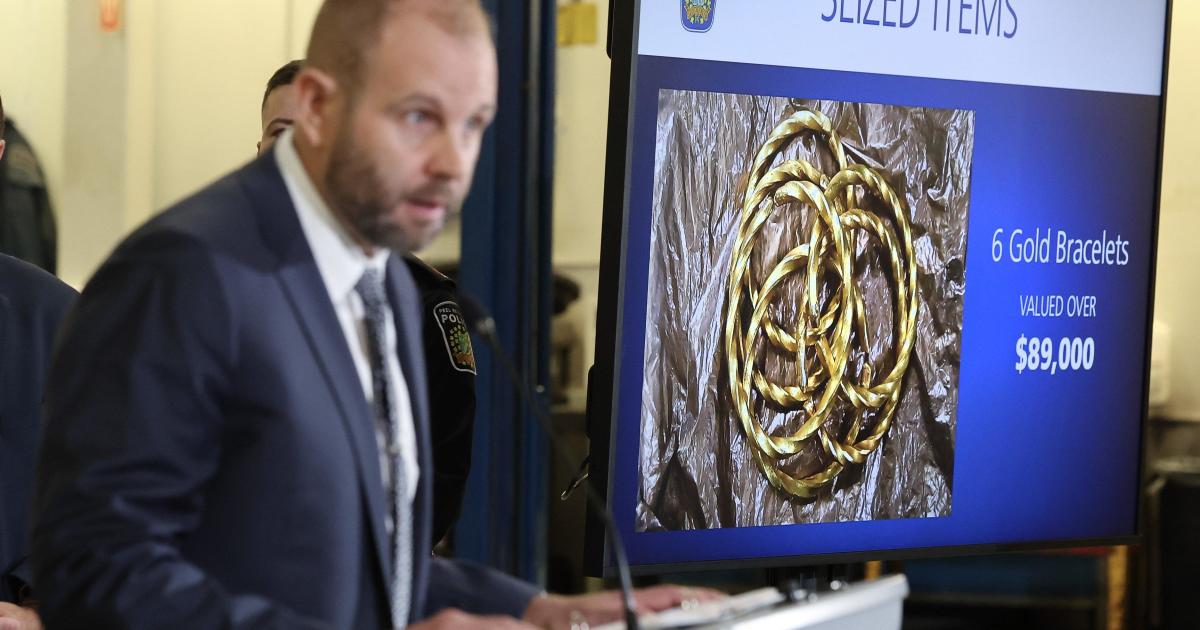Seven asteroids are zooming past Earth this week — and one is the size of a skyscraper
A "potentially hazardous" asteroid zoomed past Earth on Tuesday — and it's not the only one. In total, seven asteroids are expected to pass by our planet by the end of the week.
The largest of the asteroids, named 2021 KT1, is approximately 600 feet, about the size of the Seattle Space Needle and taller than the Washington Monument. However, scientists believe it could be as large as 1,049 feet, comparative in size to New York City's Chrysler Building.
The asteroid is classified by NASA as a "potentially hazardous object" because it is a near-Earth object that is larger than 492 feet, and passed within 4.6 million miles of Earth. For reference, the average distance between Earth and the moon is about 239,000 miles.
2021 KT1 came within 4.5 million miles of Earth, a relatively close encounter. It flew past at around 40,000 miles per hour, according to scientists at NASA's Jet Propulsion Laboratory.
But there was no chance of the asteroid hitting Earth.
"It's only 'potentially hazardous' in the long term. It has no chance of impacting Earth this week, or in fact any time within the next 2 centuries," said Dr. Paul Chodas, the director of NASA's Center for Near Earth Object Studies. "In fact, we have computed its future close approaches for the next 200 years and we know that it cannot impact Earth within that time, or probably ever."
Still, researchers track all asteroids that come close to the planet and are currently looking into ways to deflect ones that could make contact in the future.
"No one should be overly concerned about an Earth impact of an asteroid or comet," NASA's Center for Near-Earth Object Studies says. "The threat to any one person from auto accidents, disease, other natural disasters and a variety of other problems is much higher than the threat from NEOs."
Six other asteroids, which are basically leftover rocks that are over four billion years old, are also passing by Earth this week. However, they are all smaller than 2021 KT1.
Asteroid 2021 KT2, which is about 23 feet, also passed on Tuesday, as did 2018 LB, which is about 70 feet. They came within 181,000 miles and 694,000 miles of Earth, respectively.
Meanwhile, 63-foot 2021 JW6 will pass on Wednesday, along with 2021 KE1, which is about 53 feet. They will come within about 1.9 million miles and 3.6 million miles of Earth, respectively. Thursday and Saturday bring even more asteroids.
Chodas told CBS News that it is "normal" to have this many asteroids pass by. "I expect there will be new asteroids added to this list during the week," he said.
Most asteroids orbit the sun between Mars and Jupiter, but occasionally, their orbital paths are influenced by other planets' gravitational pulls, altering their paths. Scientists believe past stray asteroids colliding with Earth played a major role in the planet's evolution.
In March, an asteroid similar in size to the Golden Gate Bridge whipped past our planet — the largest and fastest asteroid to pass by Earth in 2021. The current biggest known threat is an asteroid called (410777) 2009 FD, which has less than a 0.2% chance of hitting Earth in 2185, according to NASA.




